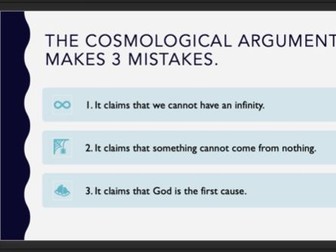Empiricism
<p>This handout explains Locke and Hume’s theory of simple and complex ideas, and the distinction between sensation and reflection. It has primary source material, direct quotes from Locke and Hume, and past questions at the end of the powerpoint.<br />
The idea here is to give the handout to the students, and get them to underline and annotate it as they wish.</p>















